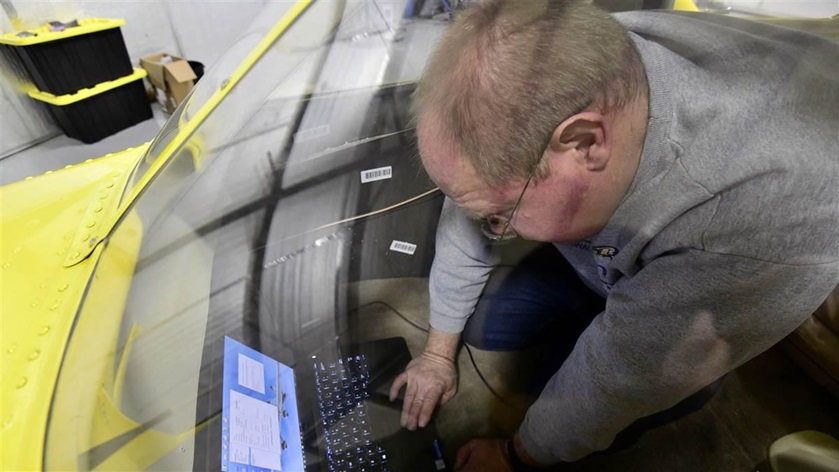FAA ADS-B mandate approaching quickly
$500 rebates remain available
Eight months and 10 days remain, as of March 21, before the FAA’s Automatic Dependent Surveillance-Broadcast Out mandate takes effect on Jan. 2, 2020. ADS-B uses satellites instead of ground-based radar to determine aircraft location, and is a key technology behind the FAA’s Next Generation Air Traffic Control System. The FAA has mandated ADS-B Out for flights after Jan. 1, 2020, in airspace where a transponder is required today.

For aircraft owners who need to equip, but have not yet done so, financial incentives in the form of $500 rebates from the FAA remain available. The FAA relaunched its ADS-B rebate in October and as of today, 3,485 rebate reservations remain available. For more information or to reserve a rebate, go to the FAA website. Pro tip: When you make a reservation, select the latest possible installation date—90 days from the date of your reservation—to increase your flexibility; you get another 60 days, for 150 total, to complete the installation and the required validation flight in ADS-B rule airspace.
James Marks, ADS-B focus team lead for the FAA Flight Standards Service’s avionics branch, said at the Helicopter Association International’s Heli-Expo March 5 that he expects about 100,000 U.S. aircraft to be equipped on January 1, 2020. “I don’t think anybody expected everyone to be equipped by January 1,” he said. “We expect the equipage to climb well into the mid-2020s, then level out.”
And equipage rates are increasing as the mandate approaches. “We’re seeing upwards of 2,500 aircraft equipped each month, and that’s trending up—which we expected,” Marks said.
Automation within the FAA’s ADS-B performance monitoring system will detect when an aircraft’s ADS-B system fails, or system performance drops below operational requirements. “We have the ability to detect unequipped aircraft in rule airspace,” Marks noted. “That’s going to be a[n FAR] violation. What’s the penalty? I don’t know—our group is responsible for airworthiness. Our interest is identifying aircraft that are NPEs [non-performing emitters, the FAA’s term for ADS-B equipment that is not operating properly] and find the owners, and help them get it fixed.”
Currently Marks’s group reaches out to aircraft owners, by telephone or letter, to communicate the performance issue so the owner can have the problem corrected. In an extreme case, his group will issue an aircraft condition notice, which grounds a noncompliant aircraft as unairworthy. So far this has happened only 12 times.
What will happen after Jan. 1, 2020, if an aircraft not equipped with operational ADS-B Out needs to fly into airspace defined by 14 CFR 91.225, where ADS-B Out will then be required? “We are working closely with the FAA, meeting regularly, to address unequipped aircraft,” said Rune Duke, AOPA senior director of government affairs for airspace, air traffic, and aviation security. “The FAA should soon be publishing policy regarding unequipped aircraft post-mandate, but it is clear that if pilots want unencumbered access to rule airspace after January 1, they need to equip.”
Duke said AOPA has asked the FAA to articulate the process and evaluation criteria for 14 CFR 91.225 deviation requests. “We have pushed the FAA to create a website where requests can be submitted and results in pilots receiving an automated response. There should be a streamlined process that can be done at least one hour in advance per the rule,” Duke said. “Pilots should not count on deviation approval for all flights, and the flexibility will likely be limited, so pilots should focus on equipping before January.”
Duke said the collaborative effort to address new policies and procedures includes AOPA, the FAA, the National Air Traffic Controllers Association, and other industry groups. The FAA will soon define approval processes and methodology for deviation requests.



